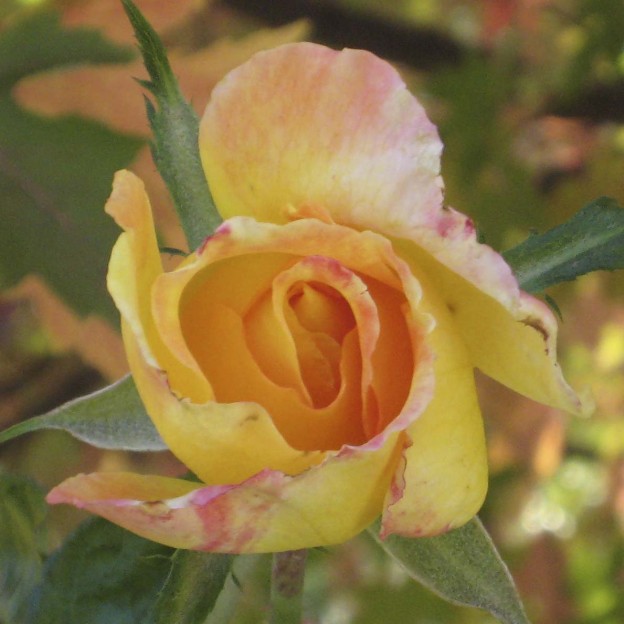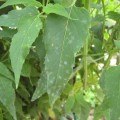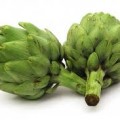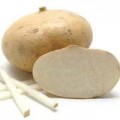[Intro text]
Botanical Information
Taxonomy
Rosa spp.
History
Physical Description
Growth habit, flower size, fragrance, color, all vary among the multitude of rose species and varieties.
Varieties & Cultivars
Categories or Types of [plantname]
Colors Available
Varieties (link to ../category/cultivars/tag/[plantname])
Generally, the flowers of the older types, such as rugosa roses, are the most flavorful
Growth Requirements
Climate & Temperature Requirements
Air Temperature
Soil Temperature
Humidity
Day Length or Light Requirements
full sun
Site Conditions Favored
Soil Requirements
Soil Texture
well-drained
pH
Nutrient Requirements
rich soil
Propagation
Methods of propagation
Seed
Division
Cuttings
Transplanting or Potting Up
Seed Saving
Planting Out
Bed Prep & Soil Amendments
Bed Spacing
Row Spacing
Planting Depth
Alternative Bed Methods
Container Gardening
Routine Cultivation & Maintenance
Water Requirements
regular watering
Fertilization Recommendations
regular fertilizing
Mulching & Weeding
Pinching or Pruning & Dividing
- dead-head to keep blooming
- regular pruning (usually in February)
Support
Winterizing
Companion Planting
Helpful Companions
Harmful Companions
Companion to..
Pests, Diseases & Problems
Common Pests
Common Diseases
Symptoms
Whole Plant
Leaves
Stem/Trunk
Flowers
Fruit
Roots
Harvesting & Storage
Edible Parts of the Plant
Petals have a perfumed taste
Yield
Days to Harvest / Harvest Timing
Harvest Methods
pick off the petals
Storage of harvest
Fresh
Canned
Frozen
Pickled
Dried
Cooking
Nutritional Benefits & Values
Toxicity
Cooking
Preparation
pick off the petals and remove the white base, which has a bitter taste
Cooking Methods
Recipes (link to …/category/recipes/tag/[plantname])
Petals:
- add to salads
- jelly
Resources
Information for this article was taken from these sources. (link to …/category/resources/tag/[plantname])





